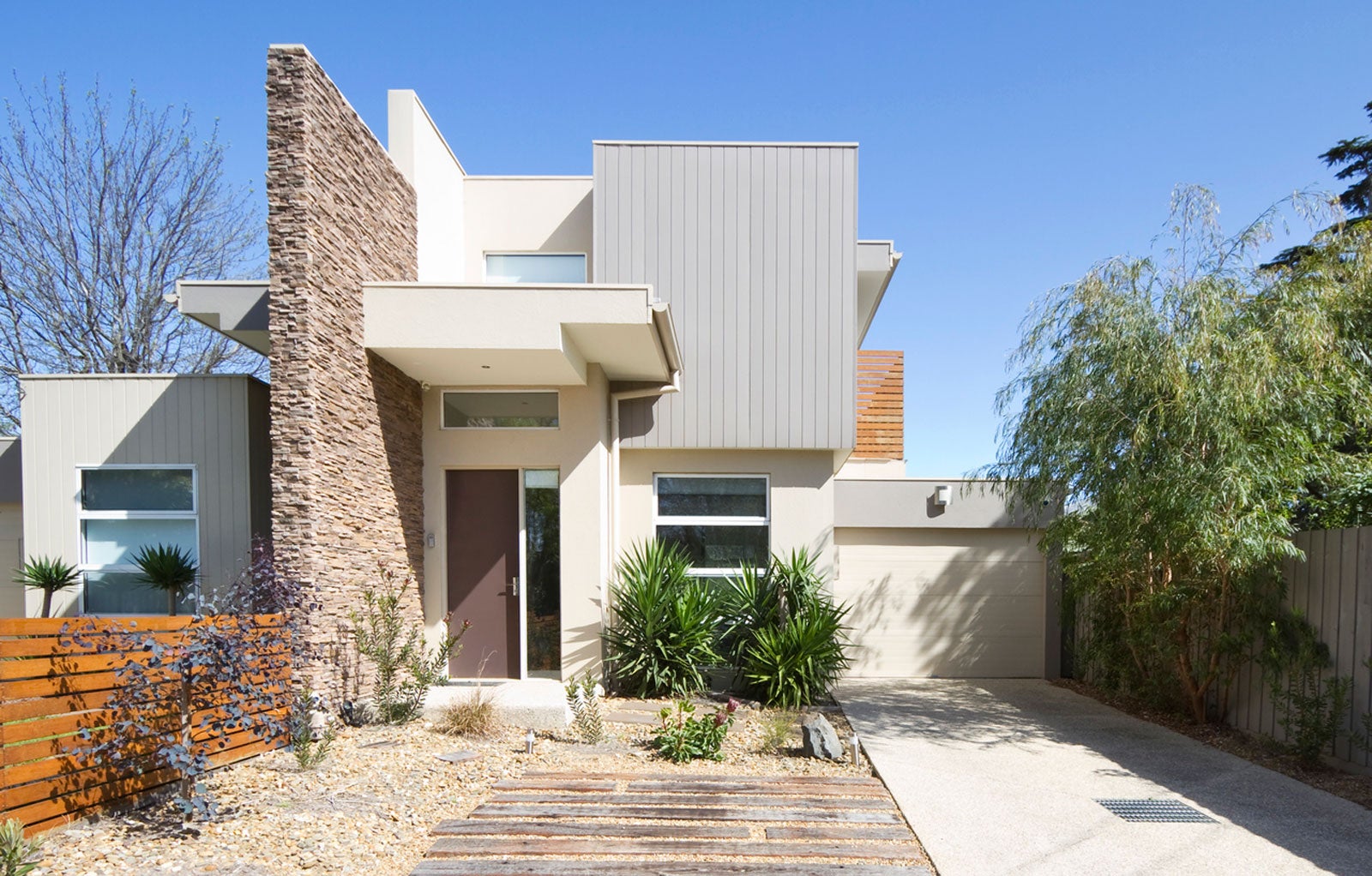What Is Naturescaping – Tips For Planting A Native Lawn


Growing native plants instead of lawns can be better for the local environment and, ultimately, requires less maintenance, but it does require a big initial effort. A lot of work goes into removing existing turf and naturescaping an entirely new landscape. The payoff is less work in the long run and a healthier ecosystem.
What is Naturescaping?
Naturescaping is the idea that you can design a landscape that is nature-friendly. In other words, the landscape becomes something that is attractive and functional for people but that also benefits wildlife, insects, and pollinators.
Naturescaping also aims to minimize negative impacts on the environment by reducing the need for pesticides and water and preventing erosion.
Why Create a Native Plant Lawn?
One of the most common strategies for naturescaping is planting a native lawn. Native plants are those that are found naturally in your area and local ecosystem. Turf lawns require a lot of maintenance, while a native lawn, once established, does not.
Turf can also be detrimental to the environment because to keep it looking nice requires the use of fertilizers, weed killers, and pesticides. Grass can also promote erosion and needs a lot of water throughout the growing season.
Native plants, on the other hand, provide an ecosystem including water, food, and shelter for native birds, insects, and other kinds of wildlife. They also need less water and are less prone to disease.
How to Replace Your Lawn with Native Plants
Replacing a lawn with native plants for a naturescape design is a big job. The hardest and most time-consuming part of the job is getting rid of existing grass. There are a few methods you can consider trying:
Sign up for the Gardening Know How newsletter today and receive a free copy of our e-book "How to Grow Delicious Tomatoes".
- Black Plastic. Cover your turf with black plastic in sunny areas and the heat trapped under it will kill the grass. You can then till the dead grass into the soil.
- No-Till. Another option is to cover the grass with thick layers of newspaper or cardboard. Put a layer of a few inches (7.5 cm.) of soil over it and with time the material will decay and you can directly place new plants in the soil.
- Herbicide. A non-specific type herbicide will kill the grass and does not persist for very long in the soil.
Once you have destroyed the turf, you can put in native plants according to your naturescape design. Check with your local county extension to find out what plants in your area are native. For the best design, use a mix of native grasses, shrubs, perennial wildflowers, and trees.
Naturescaping your entire yard will be a big commitment. Consider doing one area at a time to spread the work out over a few years. Or you may even realize you like having a mix of turf and native lawn instead.

Mary Ellen Ellis has been gardening for over 20 years. With degrees in Chemistry and Biology, Mary Ellen's specialties are flowers, native plants, and herbs.